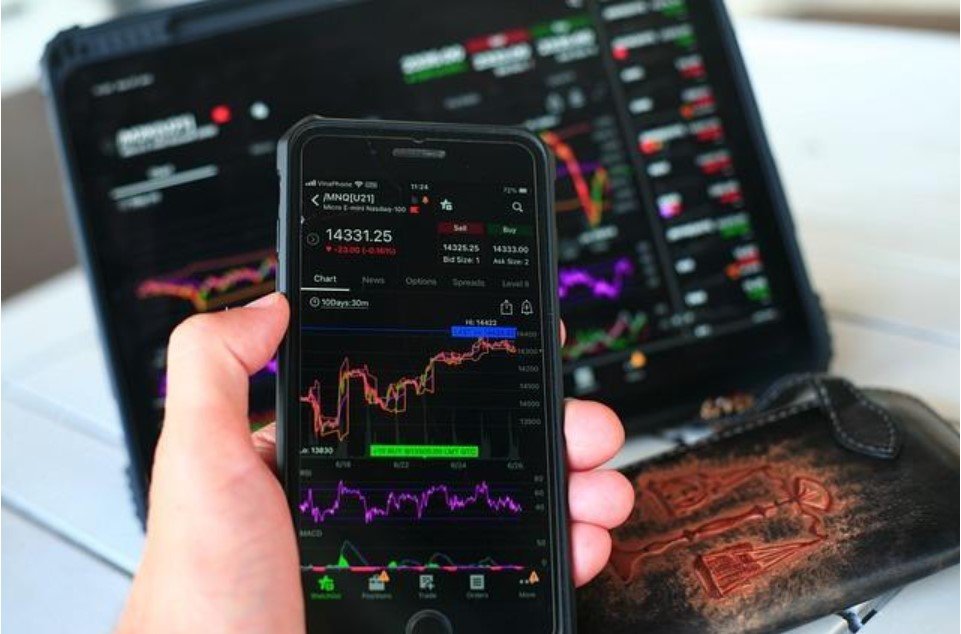Stock market investments have become commoner today. With digital platforms developing rapidly, anybody can take part in the equity market to get profits. The first step in beginning the trading journey will be to open a demat account. Let us look at this process below.
Knowing More about Demat Accounts
Demat accounts are where you will store shares and securities electronically. Just like money is held by bank accounts, these accounts will hold stocks, bonds, mutual funds, and other relevant investments. The CSDL and NSDL are the two major Indian depositories that take care of the management of demat accounts through DPs or depository participants such as banks and brokerage firms.
Now, let us check the activation procedure for demat accounts.
Step 1: Choose Your DP
First, you should carefully select the DP or depository participant. These are usually stockbrokers, banks, and financial institutions. While selecting the DP, you should consider various aspects such as the quality of service, availability, brokerage charges, and overall user-friendliness.
Step 2: Submit the Form for Opening the Account
Upon selecting a DP, fill the form to open the account. Several DPs allow the completion of this process online. The form mostly requires your date of birth, name (as per your PAN), communication information (contact information and address), and address.
Step 3: Finish Your KYC Processes
It is compulsory to finish KYC verification procedures prior to opening demat accounts. You will have to offer documents to prove your address and identity. The documents that are commonly taken include the following:
- ID Proof- Aadhar Card, PAN Card, Passport, or Voter ID
- Address Proof- Passport, Aadhar Card, Rental Agreement, Utility Bill
- Income Proof- Income tax return, salary slips, bank statements
Several DPs also provide e-KYC facilities, which enable the completion of this procedure digitally.
Step 4: In-Person Verification (IPV)
SEBI makes IPV compulsory for opening the account. DPs may ask to meet physically, while some provide this verification through video calls. You may also have to furnish original documents while answering some questions.
Step 5: Connect the Bank Account
The demat account has to be connected to the bank account for enabling smoother transactions between trading accounts and banks. Bank details have to be provided, including the IFSC code and account number.
Step 6: Get the Demat Account Number
After paperwork verification, you will be able to obtain the demat account number. It is a number unique to you and will be the same as the BO (beneficiary owner) identification number. It will be used for all stock market transactions likewise.
Step 7: Begin Trading
Once the demat account gets activated, you can begin buying and selling shares. The transaction may be completed across online platforms, thereby enabling investment management in a simple manner.
Conclusion
Overall, opening a Demat account has become a more streamlined process by integrating digital verifications. So, with just a few clicks, anyone can get into stock marketing and start their investment journey when they want.
Also check out: How to Build a Successful Gym Club

